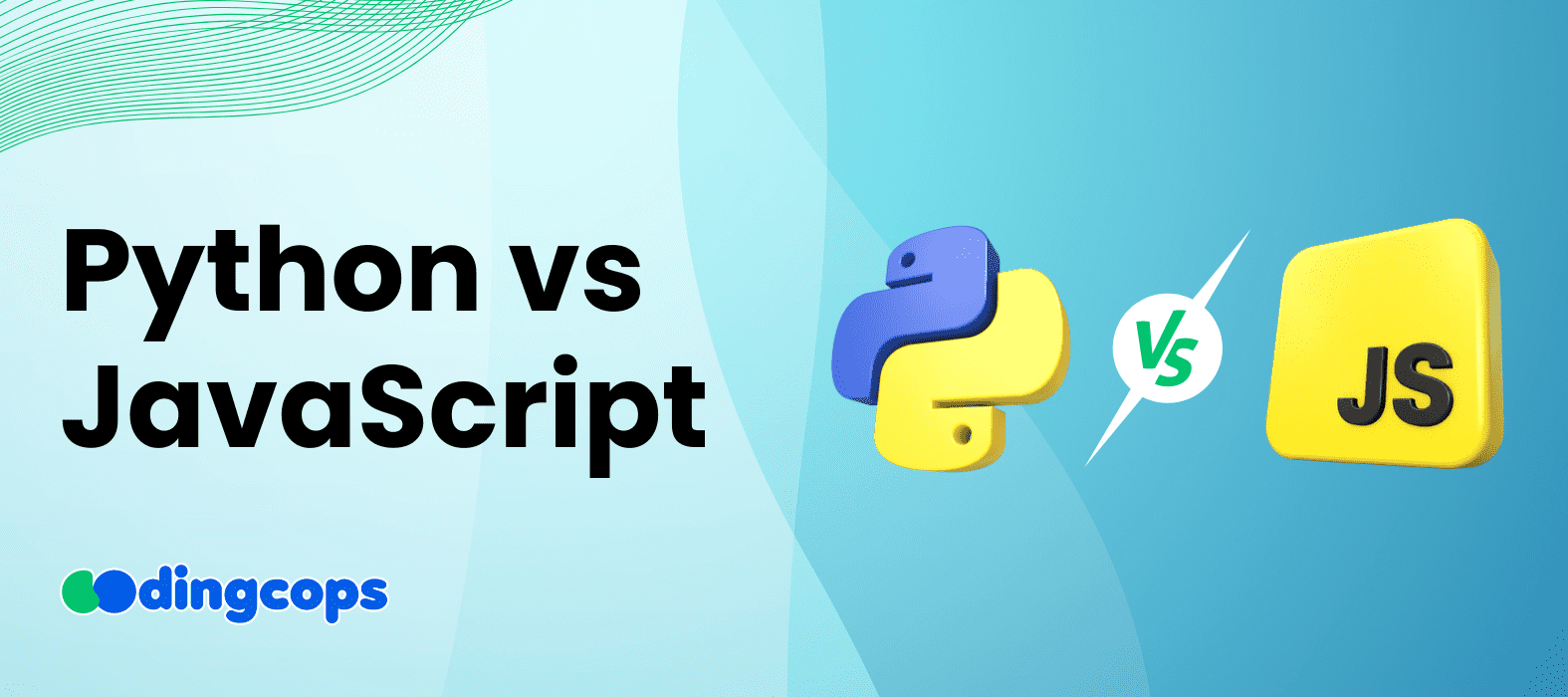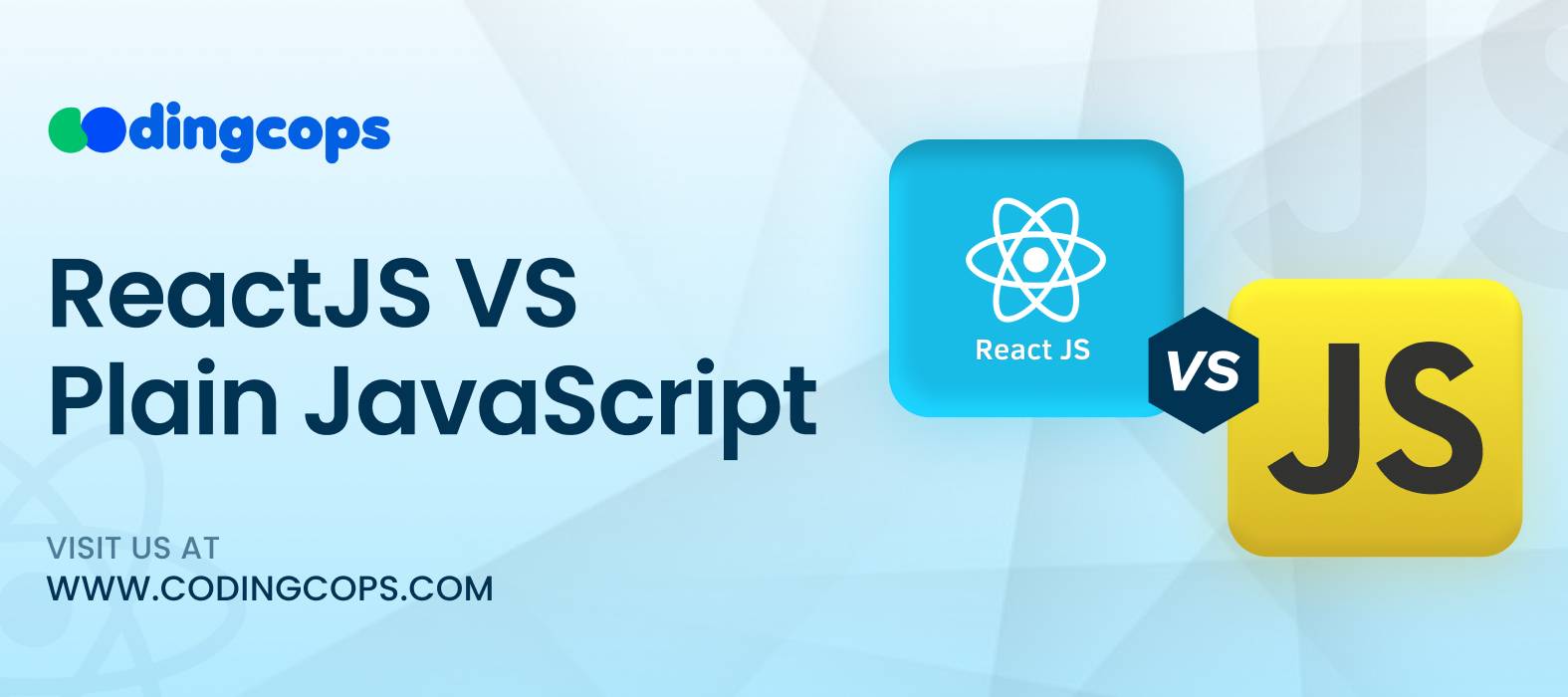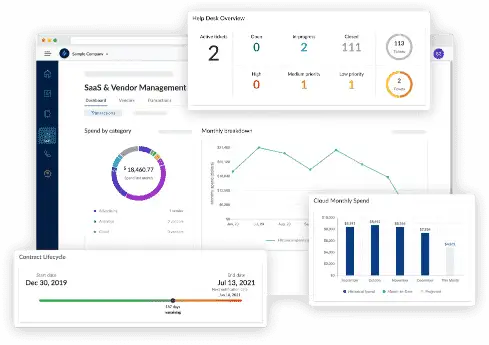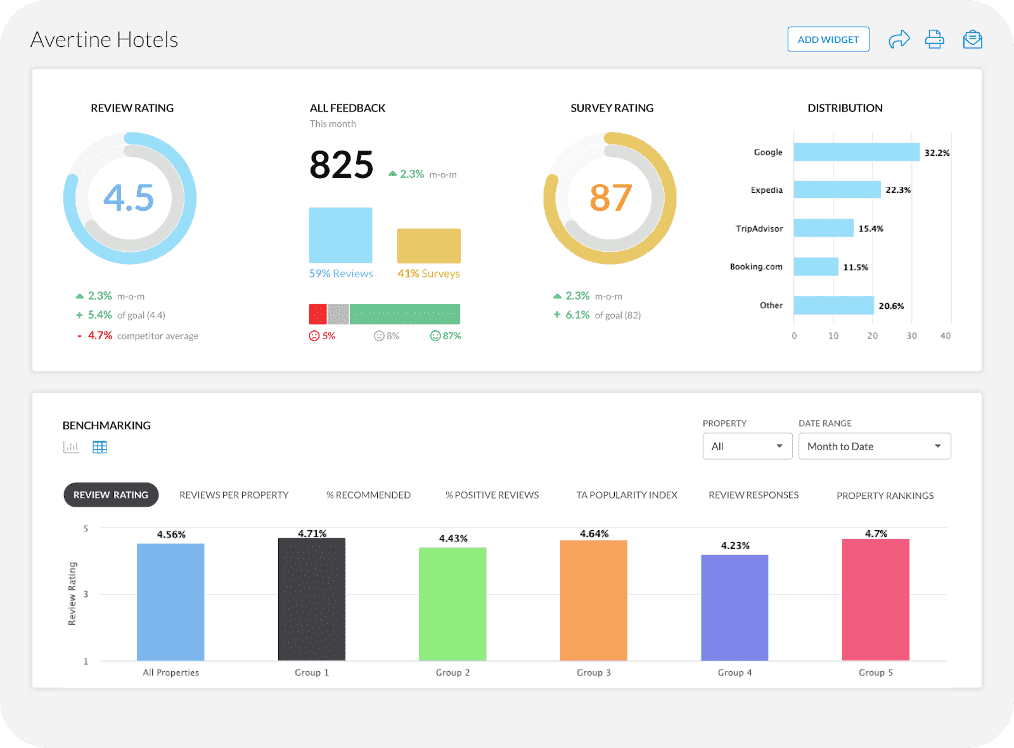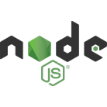In the vast universe of programming languages, Python and JavaScript shine as two of the most popular and widely used languages today. Each comes with its unique strengths and weaknesses, catering to different programming needs and environments.
In this blog, we are going to break these languages into pieces by symbolizing their advantages and disadvantages before a direct comparison.
Python

Python, developed by Guido van Rossum and first released in 1991, is an interpreted, high-level, and general-purpose programming language. It is many people’s favorite for its well-known property of being easy to read and its simple syntax to reflect human language. These guidelines decrease the cost of operations and development and increase an average programmer’s efficiency when writing software code.
Advantages
- Python’s syntax is written with simplicity and cleanness in mind, which makes it an ideal tool for learners.
- Using a library and framework repository, Python makes data analytics, web development, as well as machine learning issues significantly easier.
- Python seems to replace many programming languages in different tasks and industries, varying from web applications to data science.
- A large and active community ensures plentiful resources, support, and third-party modules.
Disadvantages
- Being an interpreted language, Python often exhibits slower execution times compared to compiled languages like C++ or Java.
- Python is not natively designed for mobile environments, making it less ideal for mobile app development.
- High-level data structures in Python can lead to significant memory usage.
JavaScript

JavaScript, created by Brendan Eich in 1995, initially aimed to enable dynamic web content. Now it is a basic one of the World Wide Web, functioning on any web browser, and is a power to interactive web applications.
Advantages
- JavaScript runs on nearly every modern web browser, making it essential for front-end web development.
- Having Node.js as a companion, the range for JavaScript as a server-side programming language expands, thereby, being a single programming language for full-stack development.
- Diverse libraries and frameworks, like React and Angular, will certainly simplify advanced web development.
- Features like promises and async/await primarily help with asynchronous operations, which improves the performance of web applications.
Disadvantages
- Being client-side, JavaScript poses more security risks, making web applications vulnerable to cross-site scripting and other attacks.
- Variations in JavaScript implementation across different browsers can lead to inconsistencies in user experience.
- The dynamic nature of JavaScript and its asynchronous programming model can be challenging for beginners.
Python vs JavaScript
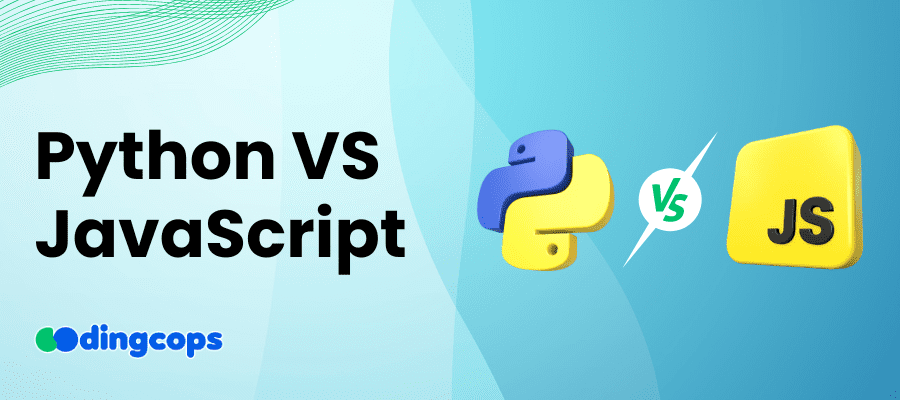
1. Syntax and Learning Curve
Python
Boasts a simple, readable syntax, making it an ideal starting point for beginners.
JavaScript
While versatile, its dynamic nature and the intricacies of asynchronous programming present a steeper learning curve.
2. Performance
Python
Generally slower due to being interpreted, though suitable for applications where execution speed is not critical.
JavaScript
Optimized by modern browsers’ JIT (Just-In-Time) compilers, offering faster execution for web-based applications.
3. Ecosystem and Libraries
Python
As well as gives a diverse list of libraries keeping in mind data science, machine learning, and others, and it thus becomes a first choice of these fields.
JavaScript
Gives us a vibrant environment for web programming in which you have a number of frames in place for client and server-side programming. When you Node js developers it can greatly enhance your team’s capabilities in building adaptable and effective server-side apps.
4. Versatility
Python
Highly versatile in server-side development, data analysis, artificial intelligence, and scientific computing.
JavaScript
Predominantly used in web development, but Node.js allows for server-side applications, making it equally versatile in the realm of web technologies.
5. Community and Support
Both languages enjoy vast, active communities, providing extensive resources, libraries, and frameworks. That way, new as well as experienced developers can locate the needed facilities and tools sooner or later.
Conclusion
Choosing a “winner” between Python and JavaScript boils down to the specific needs of your project and personal or team expertise. Both languages excel in their realms—Python in data science and backend development, and JavaScript in web development and frontend technologies.
More Related Blogs
- React vs. Backbone.js
- Top 10 Future of React in 2024
- React Lifecycle Methods
- React State Management Libraries
- Go developers
- dedicated React developers

